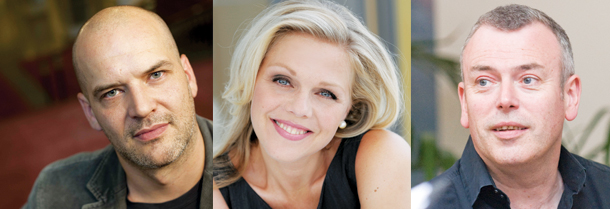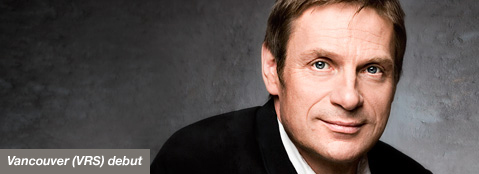Tag: Malcolm Martineau
-

PROGRAM NOTES: SIR SIMON KEENLYSIDE
Johannes Brahms Songs from Opp. 6, 72, 86 & 96 It may be surprising to learn that while Brahms is universally revered as a giant of 19th-century instrumental music, he is often listed as one of the lesser composers of 19th-century art song. This may be because the texts he chose to set were for…
-

PROGRAM NOTES: FLORIAN BOESCH AND MIAH PERSSON
The Songs of Robert Schumann Robert Schumann was a composer steeped in literature. His compositions bear the dual imprint of both German musical and literary Romanticism. Literature was the family business, one might say, as his father, August Schumann, was both a publisher and a bookseller in Zwickau, Saxony, where the composer grew up. He…
-

GETTING TO KNOW: SIMON KEENLYSIDE
“I am a story teller, I am a narrator.” “I spend my entire working life dealing only with beauty; I rarely sing with a piece of music in front of me, so all of these beautiful songs are committed to memory.” Performing opera does not come without its risks: injuring his back in one…

